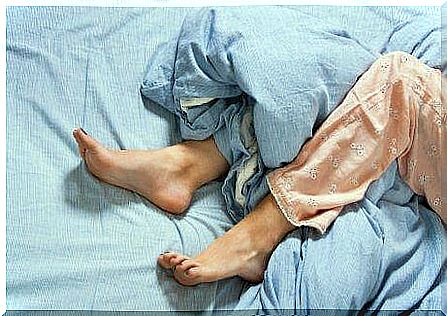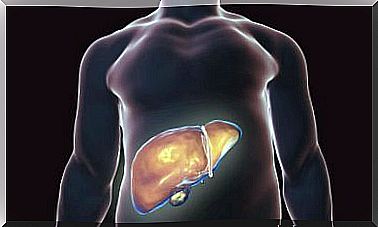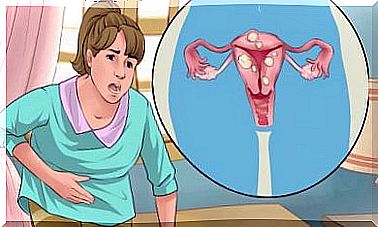Restless Legs Syndrome Or Willis-Ekbom’s Disease

A constant desire or need to move your legs can be a symptom of an illness or disorder. If you feel the need to move your lower limbs while lying down, you may suffer from Restless Legs Syndrome, also known as Willis-Ekbom disease.
One problem with this disorder is that the cause is unknown. However, it has been suggested that this would be a neurological disorder and that 3% of the world’s population would suffer from its severe forms.
Restless Legs Syndrome

Although some risk factors are known, the exact cause of the disease is not known.
According to some statistics, nearly 10% of the world’s population suffers from symptoms associated with this syndrome. In addition, it is known to be present in both women and men and in all age groups. However, symptoms may worsen after the age of 40.
Anemia, kidney failure, and some medications can cause that disorder, but in women, it can also be caused by pregnancy.
It is now believed that the phenomenon is related to dopamine activation. This neurotransmitter is responsible for movement and coordination in the central nervous system.
There are two types of Restless Legs Syndrome: primary and secondary. The cause of the former is not clear, and the latter is related to some other diseases.
Varying and confusing symptoms
One of the challenges of the syndrome is that the symptoms are diverse and difficult to notice. Sometimes you just want to move your legs, but sometimes the disorder can have many other annoying symptoms.
Some patients have discomfort and discomfort in the legs. Sometimes the discomfort may turn into cramps and tingling. Because many symptoms occur at night, they make sleeping difficult. This can cause fatigue and drowsiness during the day.
The desire to move the legs is related to the circadian rhythm of the body, and usually the symptoms worsen in the afternoon and evening.
How is Restless Legs Syndrome identified?

The patient usually has tingling and discomfort in the legs and the sleep is of poor quality.
The following symptoms are among the symptoms of the disorder:
- The desire to move the legs while resting. The condition should not be confused with reflexes or hyperactivity.
- Symptoms appear at night. Most people diagnosed have no need to move their legs during the day.
- Nocturnal leg cramps. Periodic foot movements during sleep or rest – this is actually a separate disorder that belongs to the restless legs syndrome.
- Moving your legs makes you feel better. Movement can ease tingling, itching, discomfort, or pain.
Treatment options
First, if you experience discomfort in your feet, try moving them. You can get out of bed and walk for a few minutes. The disadvantage of this, of course, is that the quality of life deteriorates, as a person cannot sleep properly at night.
So it is worth trying different treatments that can improve your sleep quality. Psychological approaches are also available to help improve the condition. According to some experts, cognitive therapy can help, as the syndrome is associated with psychological phenomena and a person’s emotional life.
If you suspect you are suffering from this syndrome, see a doctor. Although such symptoms may often seem harmless, their intensity and disadvantages often increase with age. However, even if it is not possible to make a diagnosis, your doctor should always treat Restless Legs Syndrome.









